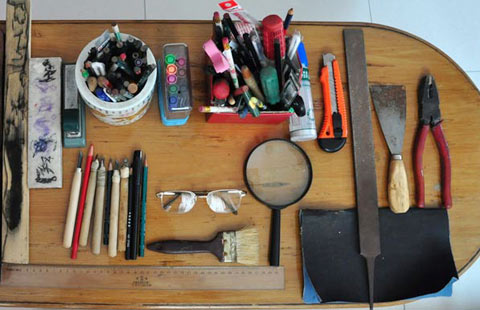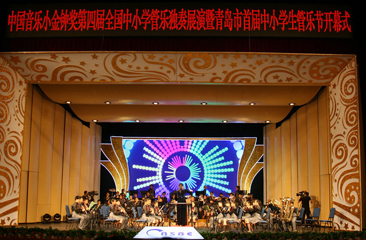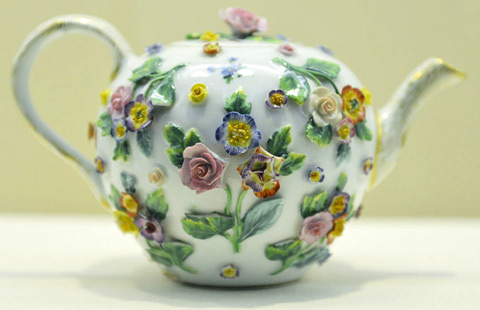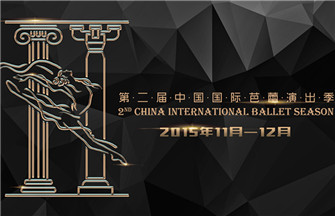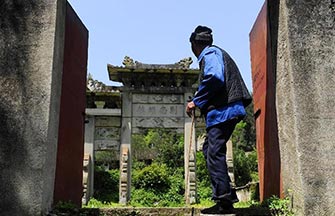New concepts to conserve old customs
By Wang Kaihao ( China Daily ) Updated: 2015-08-04 08:00:46
 |
|
Photo Provided to China Daily |
Most works were printed only in black ink prior to Shizhuzhai, which printed in multiple colors.
Its painting, calligraphy, bookmarks and seal manuals are considered printing milestones.
Wood-and-water printing dates to the Tang Dynasty (AD 618-907). It combines drawing, carving and printing to duplicate ancient paintings and calligraphy.
Shizhuzhai's owners refused to defer to the Qing Dynasty (1644-1911). They shuttered.
Some of its artisans fled to Hangzhou, another publishing hub.
Six left for Japan.
"Orthodox fine-arts history textbooks say Ukiyo-e influenced Western Impressionism," Wei explains.
"But it's less known that Shi-zhuzhai inspired Ukiyo-e."
Wood-and-water printing passed through generations. But historical records are scarce.
"I must explore how it began, in order to preserve the techniques," he says.
Wei, who graduated from the China Academy of Art in the early 1990s, believes China should reconnect with its indigenous traditions instead of following Western woodcut-printing techniques.
"Shizhuzhai was a high-end brand for top scholars," he says.
"Despite a 400-year hiatus, its legacy deserves equal footing with leading Western luxury brands."
His exhibitions have toured the United States and Europe.
But he realizes ancient folk arts must adapt to modern aesthetics.
Wei bet everything on re-establishing the Shizhuzhai brand in 2001.
He spent his life savings on rare woodblocks from around the country and the world, and rummaged through historical files.
His wife nearly divorced him.
But it all paid off.
He'll soon release his book, Douban Gonghua, which is named after two techniques of color printing.
The work chronicles Shizhu-zhai's history and the overall development of the National Library of China, which houses the country's largest collection of ancient books.
The Shizhuzhai printing house fuses many ICH elements, such as traditional stationary, papermaking and tea ceremonies.
He believes it could provide a platform for the revival of a forgotten traditional culture.
Wei believes it's important to let ordinary people experience tradition. He blames artisans' concerns about protecting trade secrets for the decline in disciples.
ICH must live outside of museums and small, closed circles to survive, he says.
"Maybe the pyramid's tip is small," Wei says. "But its foundation needs a broad base."
Wei vows to publically share his techniques.
He just finished heading a yearlong training at the National Library of China. His museum has also opened primary-school classes in Beijing and Hangzhou.
"If kids grow up cherishing Shizhuzhai's legacy," he says, "perhaps we'll someday mean more than foreign fashion brands when we talk about luxury products."
|
|
|
|
|
|
|
|





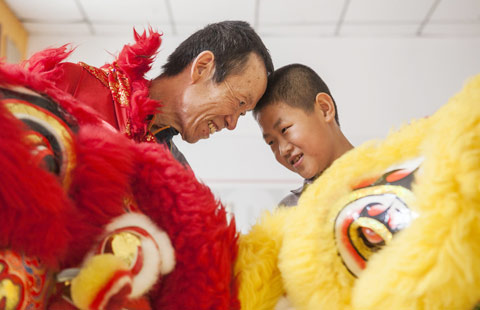

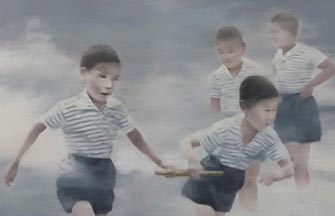















 Raymond Zhou:
Raymond Zhou: Pauline D Loh:
Pauline D Loh: Hot Pot
Hot Pot Eco China
Eco China China Dream
China Dream China Face
China Face
